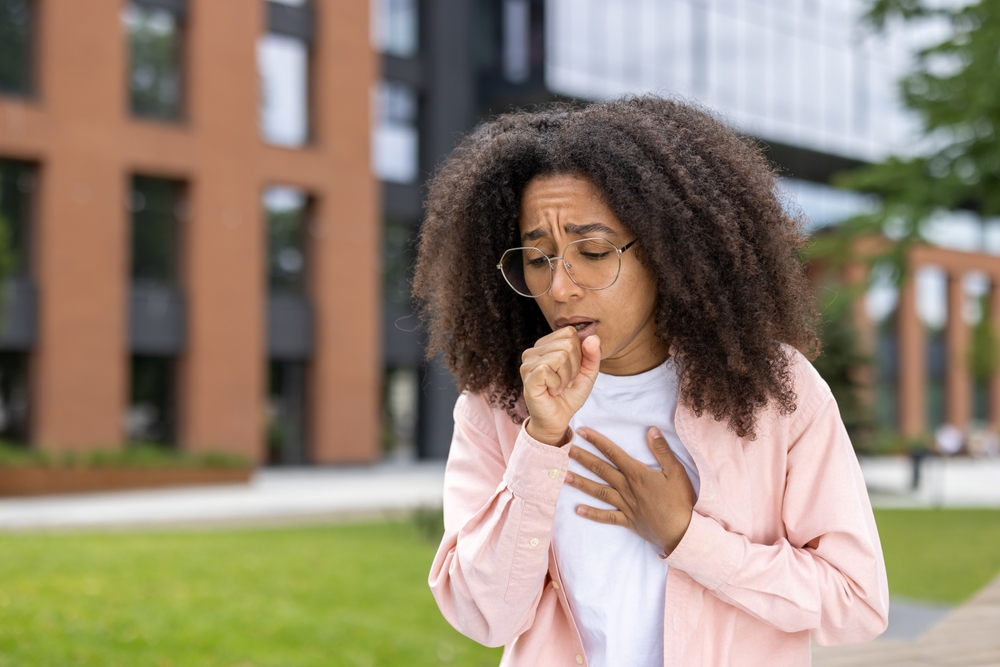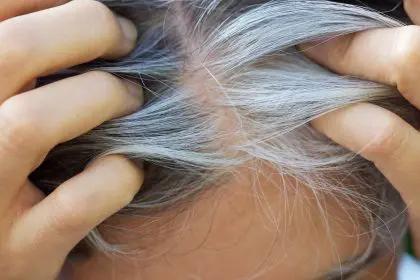Heart disease is a leading cause of death in women, but its symptoms can often be overlooked or misunderstood. For Black women, the risks are heightened due to factors such as health disparities, stress, and genetic predisposition. Recognizing the signs of a heart attack early can be life-saving.
Unexplained fatigue
Feeling overly tired despite adequate rest may signal more than just a busy day. For many Black women, fatigue is often brushed off as a result of juggling work, family, and personal responsibilities. However, persistent and unexplained fatigue can indicate that the heart is struggling to pump blood effectively. When this fatigue comes with physical weakness or a feeling of heaviness, making everyday tasks unusually difficult, it’s essential to seek medical advice.
Chest discomfort
Chest pain is one of the most well-known symptoms of a heart attack, but it doesn’t always present as expected. In Black women, chest discomfort may feel like pressure, tightness, or a squeezing sensation rather than sharp pain. This discomfort may radiate to the arms, shoulders, or back. When these sensations last more than a few minutes, worsen with activity, or improve and then return, immediate medical attention becomes crucial.
Shortness of breath
Experiencing difficulty breathing without a clear cause can be a red flag. This symptom may occur during physical activity or even while resting, often accompanying chest discomfort but sometimes appearing on its own. For Black women, underlying conditions such as high blood pressure or anemia can exacerbate breathing difficulties. Any sudden or persistent shortness of breath warrants immediate medical evaluation.
Pain in the neck, jaw, or back
Heart attack symptoms don’t always stay confined to the chest. Black women may experience pain or discomfort in the neck, jaw, or upper back, symptoms often misdiagnosed as stress or muscle strain. This pain might feel dull, achy, or sharp and can intensify over time. When these symptoms appear alongside others like nausea or shortness of breath, they shouldn’t be ignored.
Nausea, vomiting, or lightheadedness
Digestive issues such as nausea or vomiting can sometimes mask a heart attack. Many Black women may dismiss these symptoms as signs of food poisoning or a stomach virus, but when combined with dizziness or a feeling of faintness, they could indicate something more serious. Lightheadedness may result from reduced blood flow to the brain caused by a weakened heart.
Why Black women face unique risks
Heart disease affects everyone differently, but Black women face particular challenges that increase their vulnerability. Socioeconomic factors, limited access to quality health care, and higher rates of chronic conditions like diabetes and hypertension all contribute to increased risk. The pressure to maintain strength despite challenges can lead many to delay seeking care, believing their symptoms are minor or unworthy of immediate attention.
Taking action for heart health
Prevention and early intervention make a crucial difference. Regular monitoring of blood pressure, cholesterol levels, and blood sugar provides important insights into heart health. A heart-healthy diet rich in fruits, vegetables, and lean proteins, combined with regular physical activity, helps reduce risk factors. Managing stress through mindfulness, therapy, or relaxation techniques plays an equally important role in prevention.
When to seek help
Any combination of these five warning signs should prompt immediate medical attention. Don’t hesitate to call 911 or visit the nearest emergency room – timely intervention can prevent further damage and save lives. Black women deserve equitable access to health care and the knowledge to advocate for themselves.
Understanding how heart attacks may present differently in Black women remains essential for addressing health disparities. By recognizing these warning signs and prioritizing well-being, women can take crucial steps toward better heart health. Share this knowledge with others – awareness of these signs could save someone’s life.
This story was created using AI technology.
















